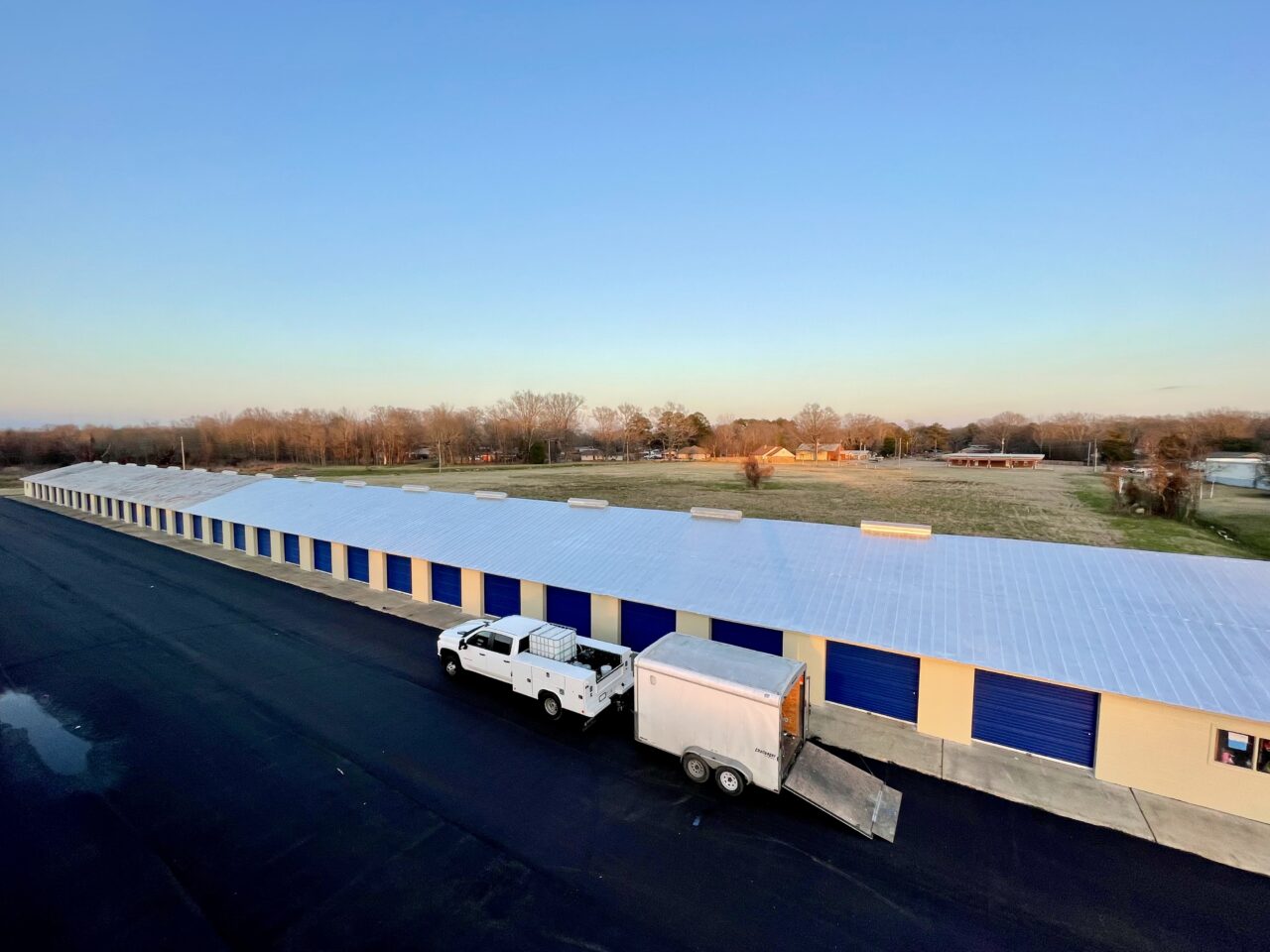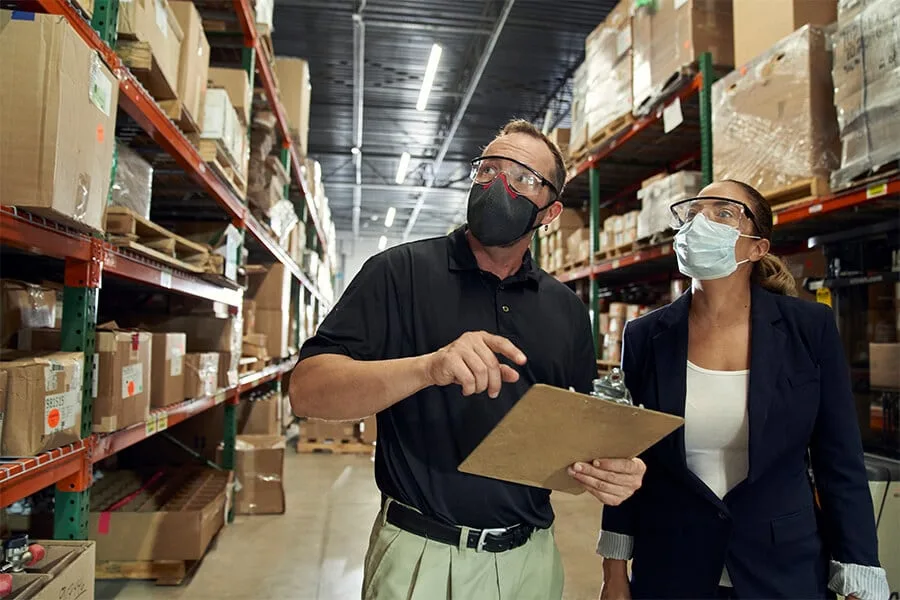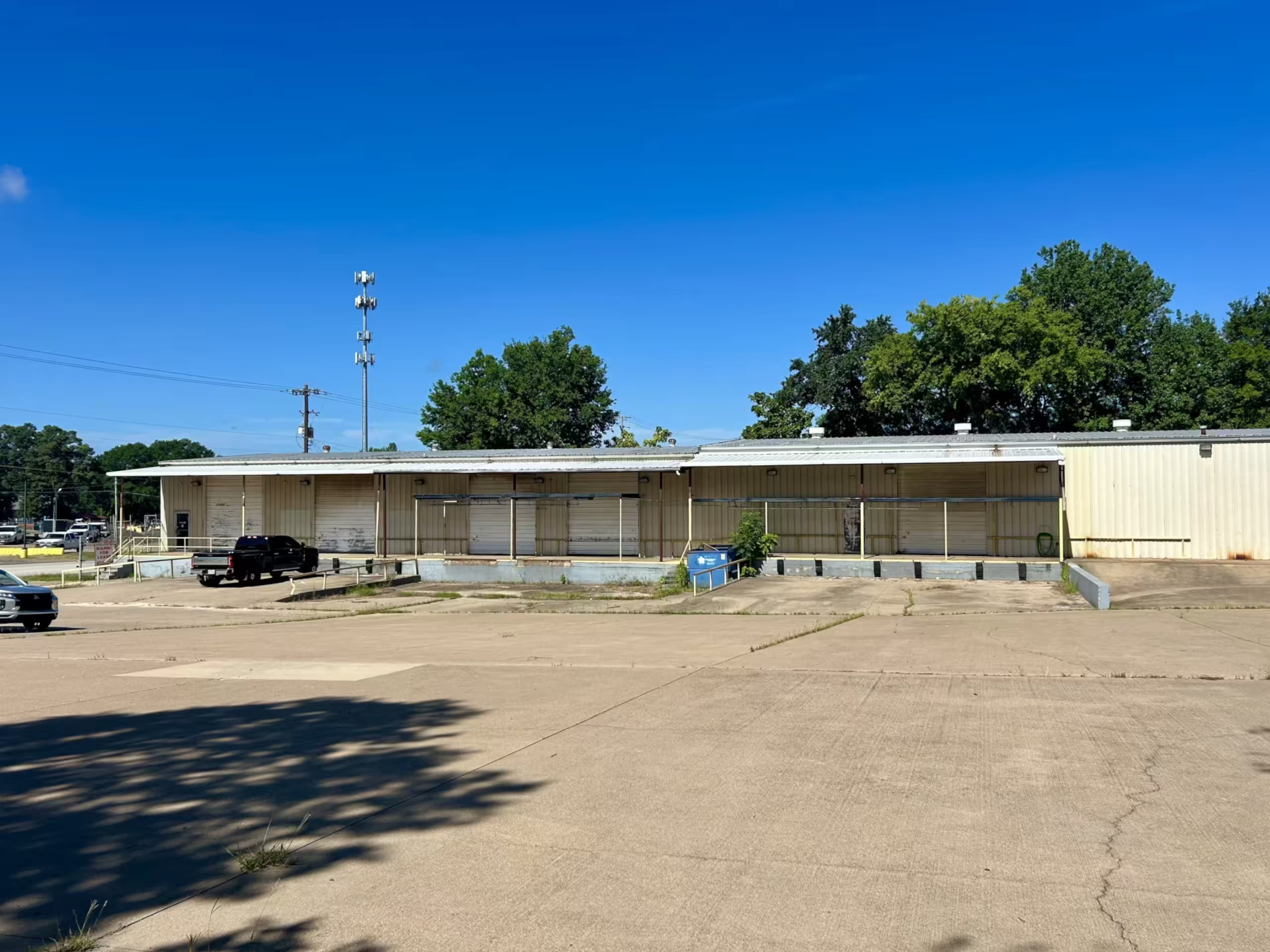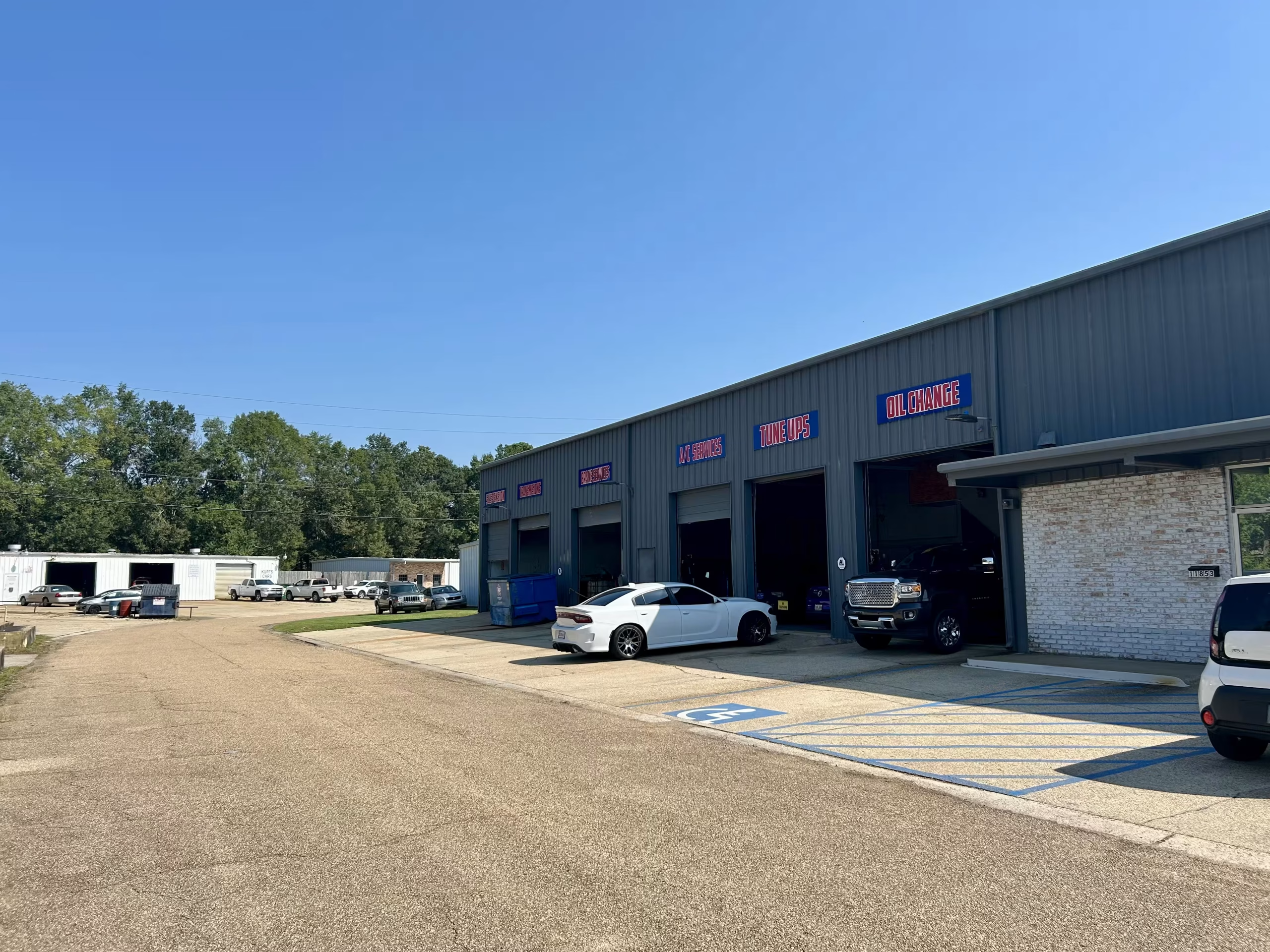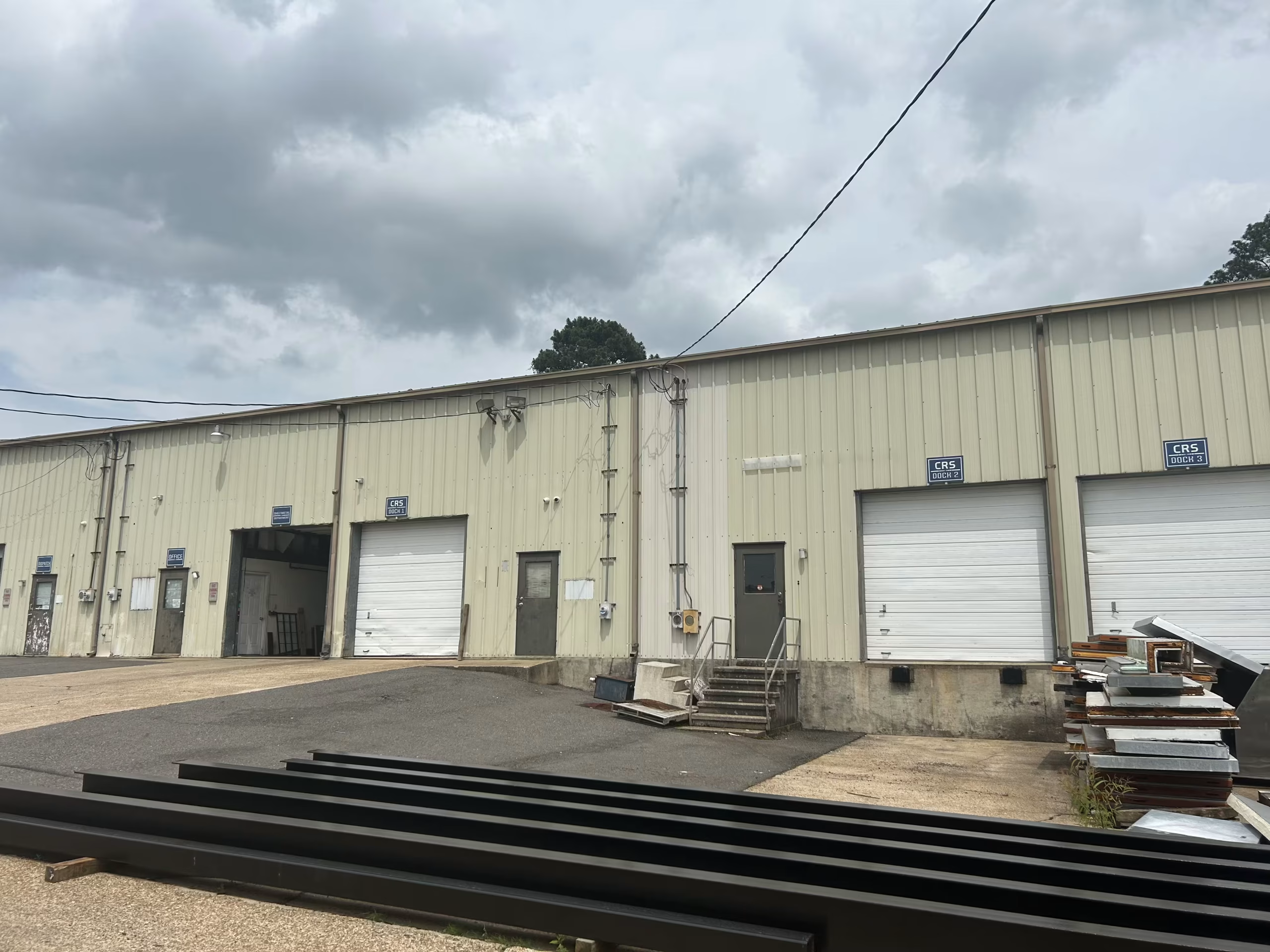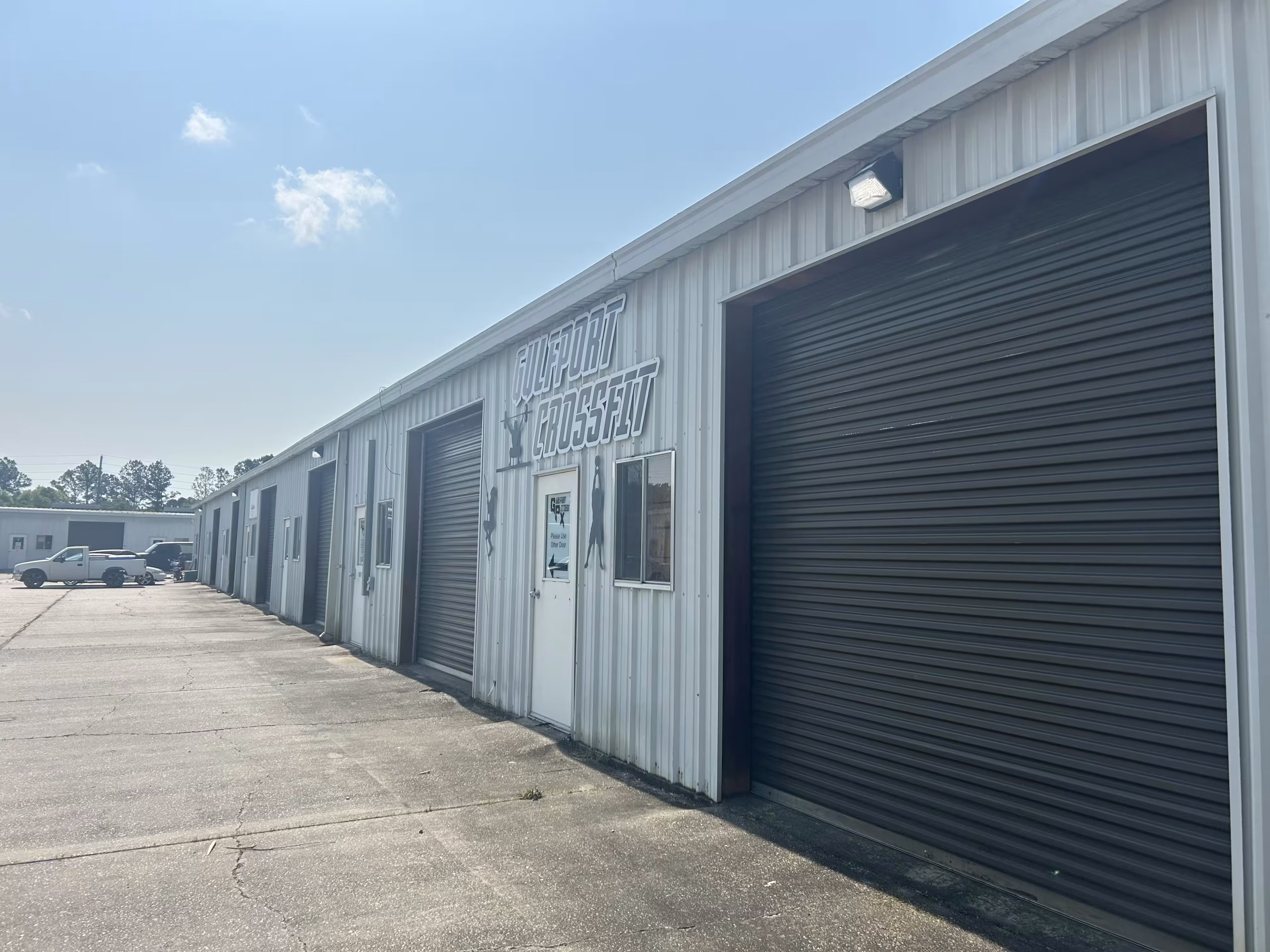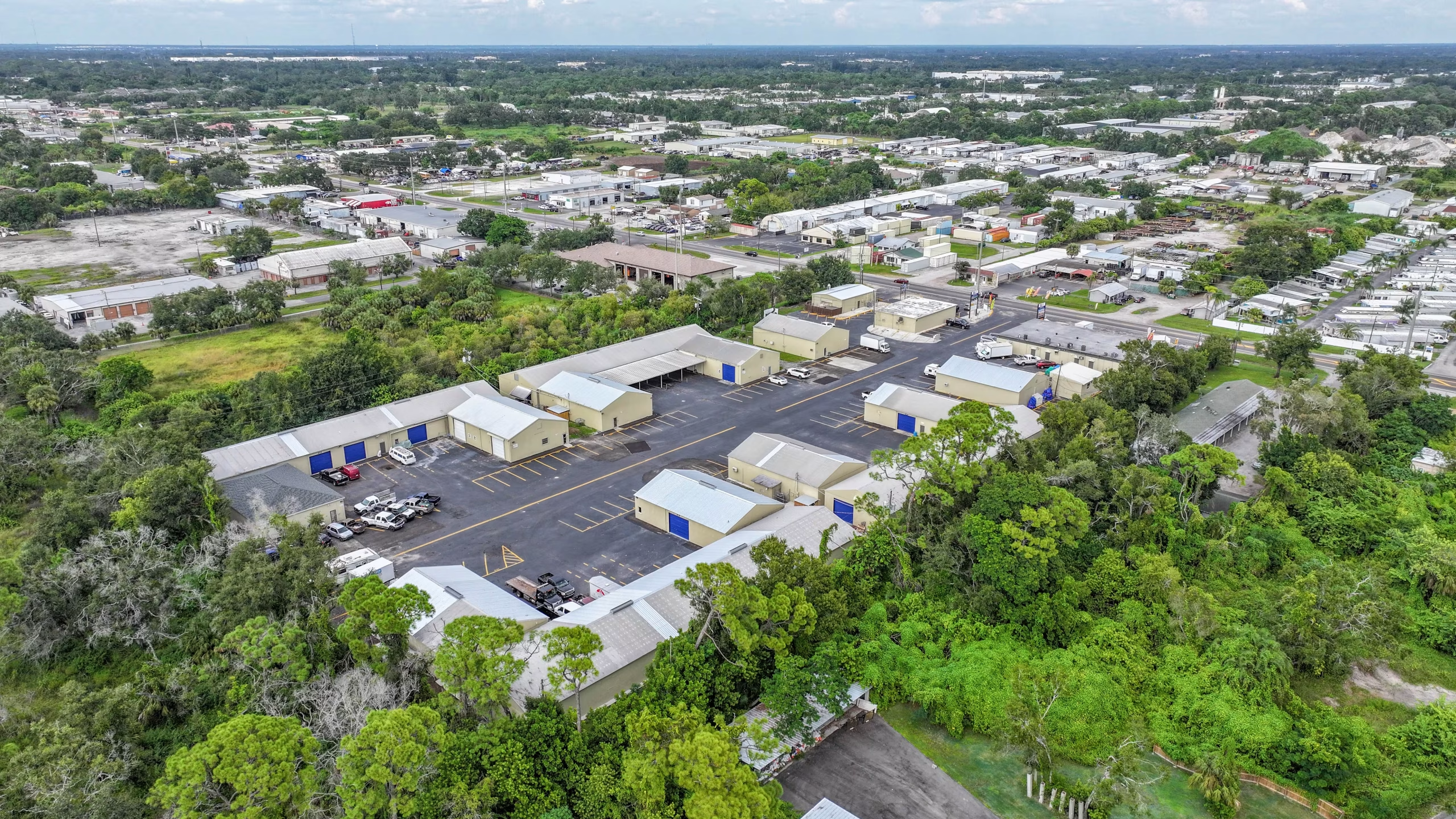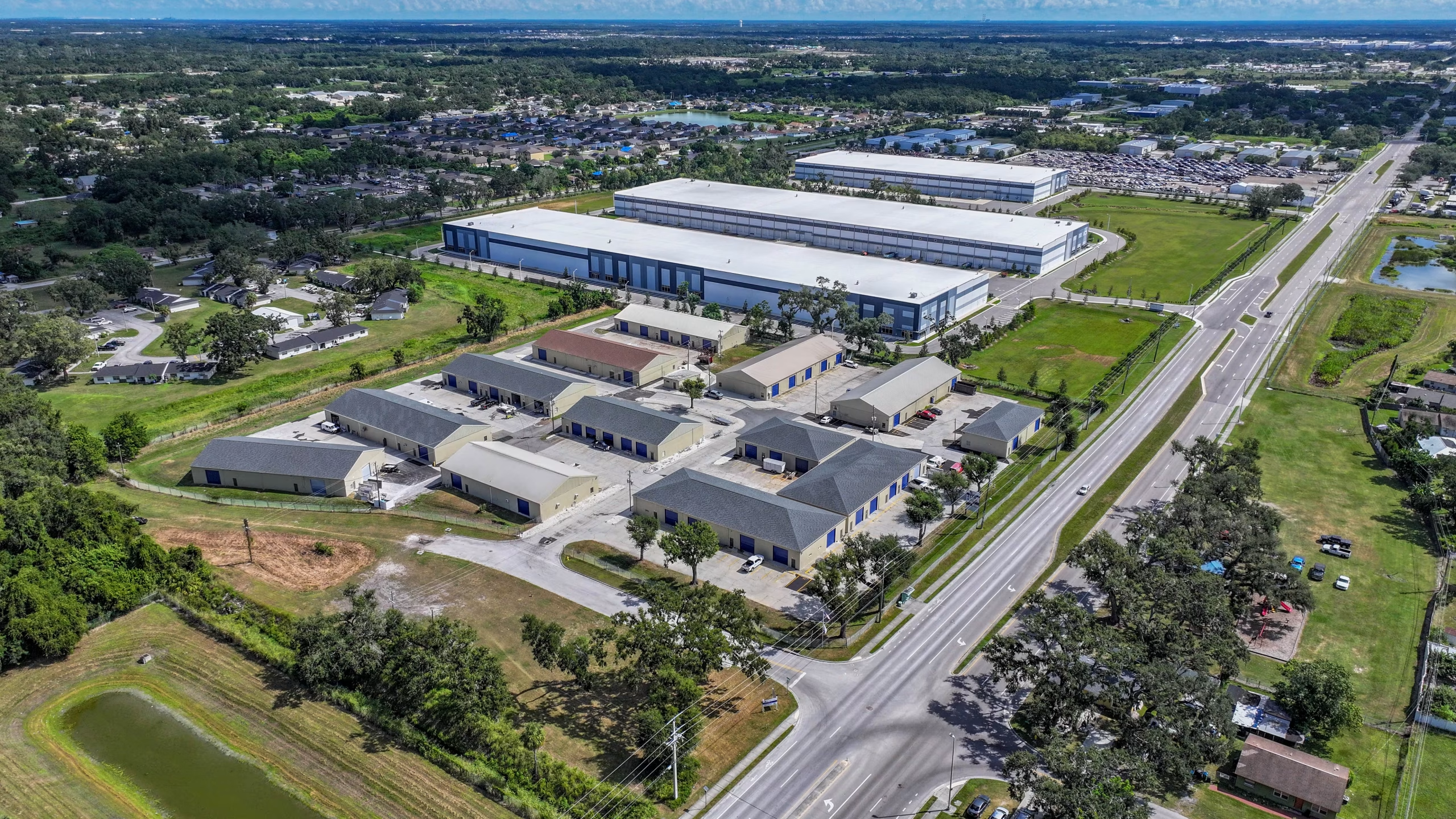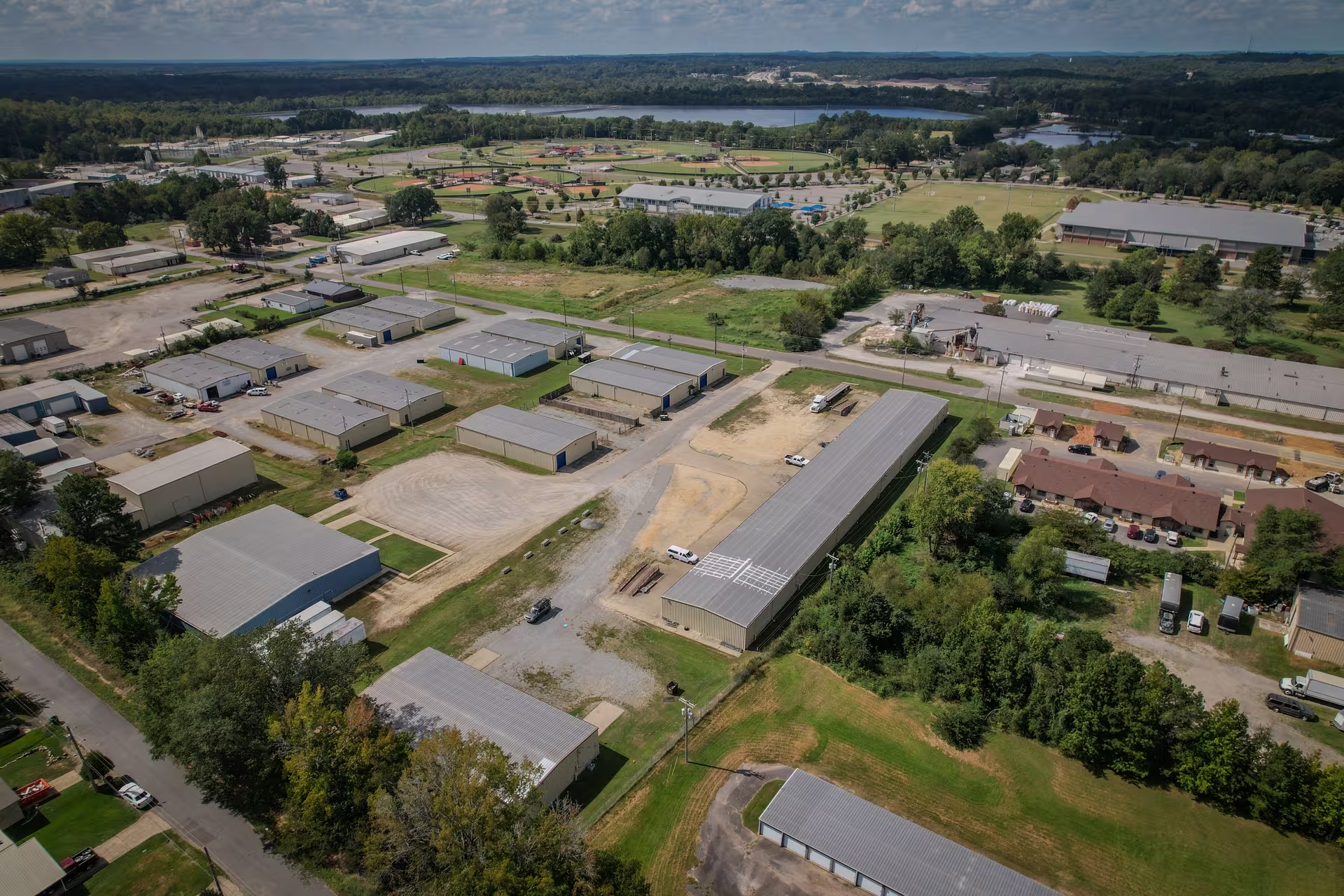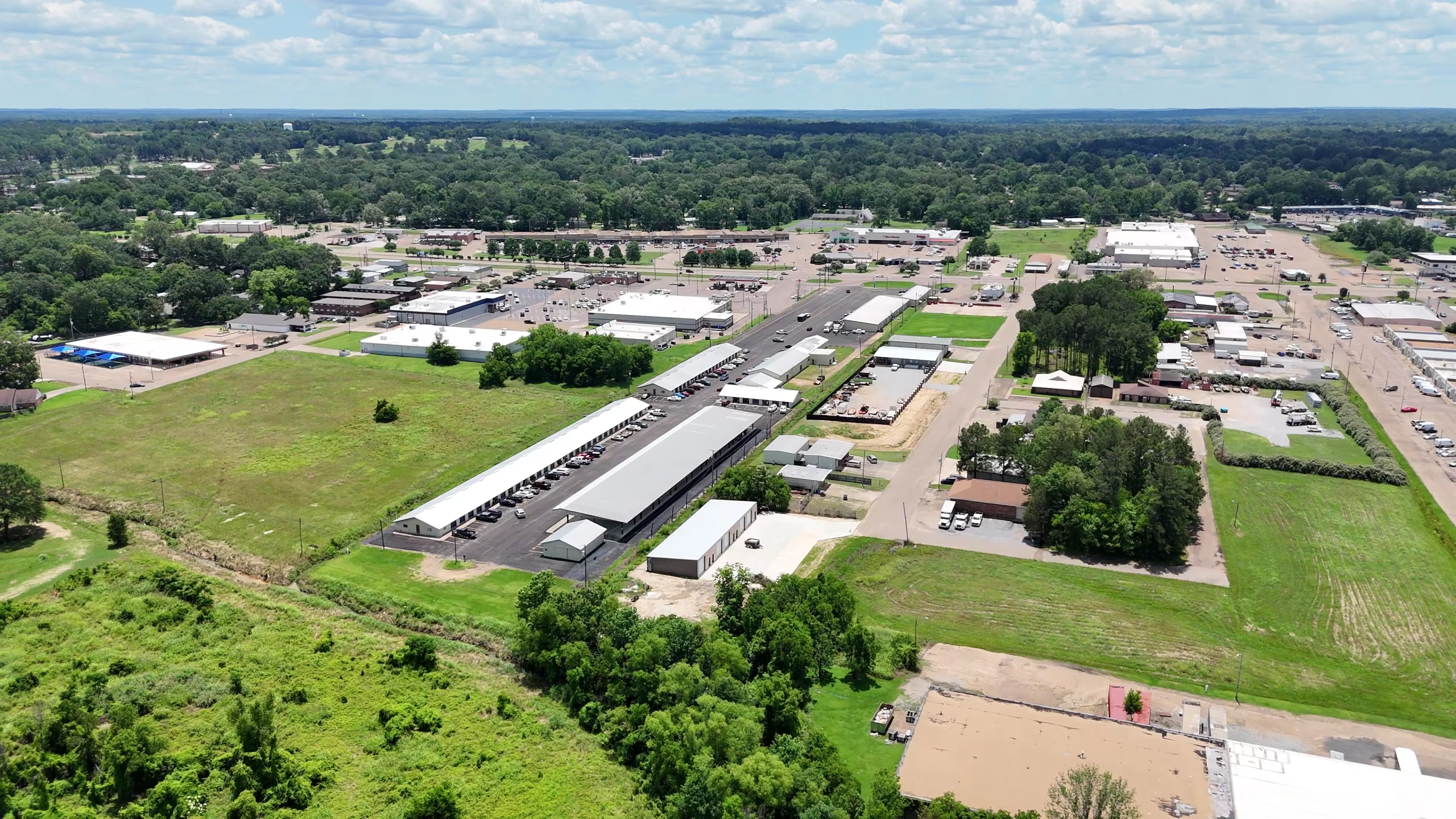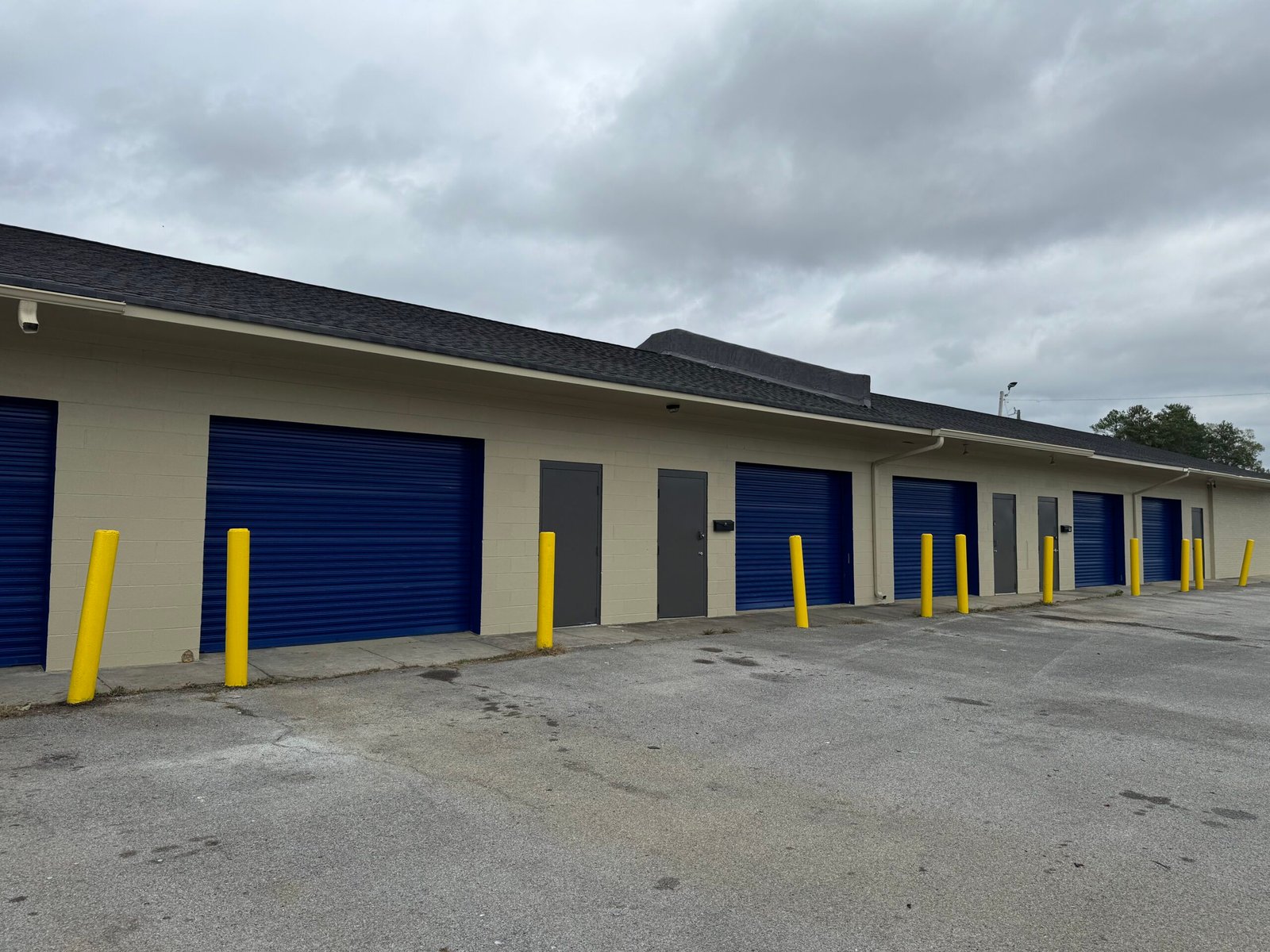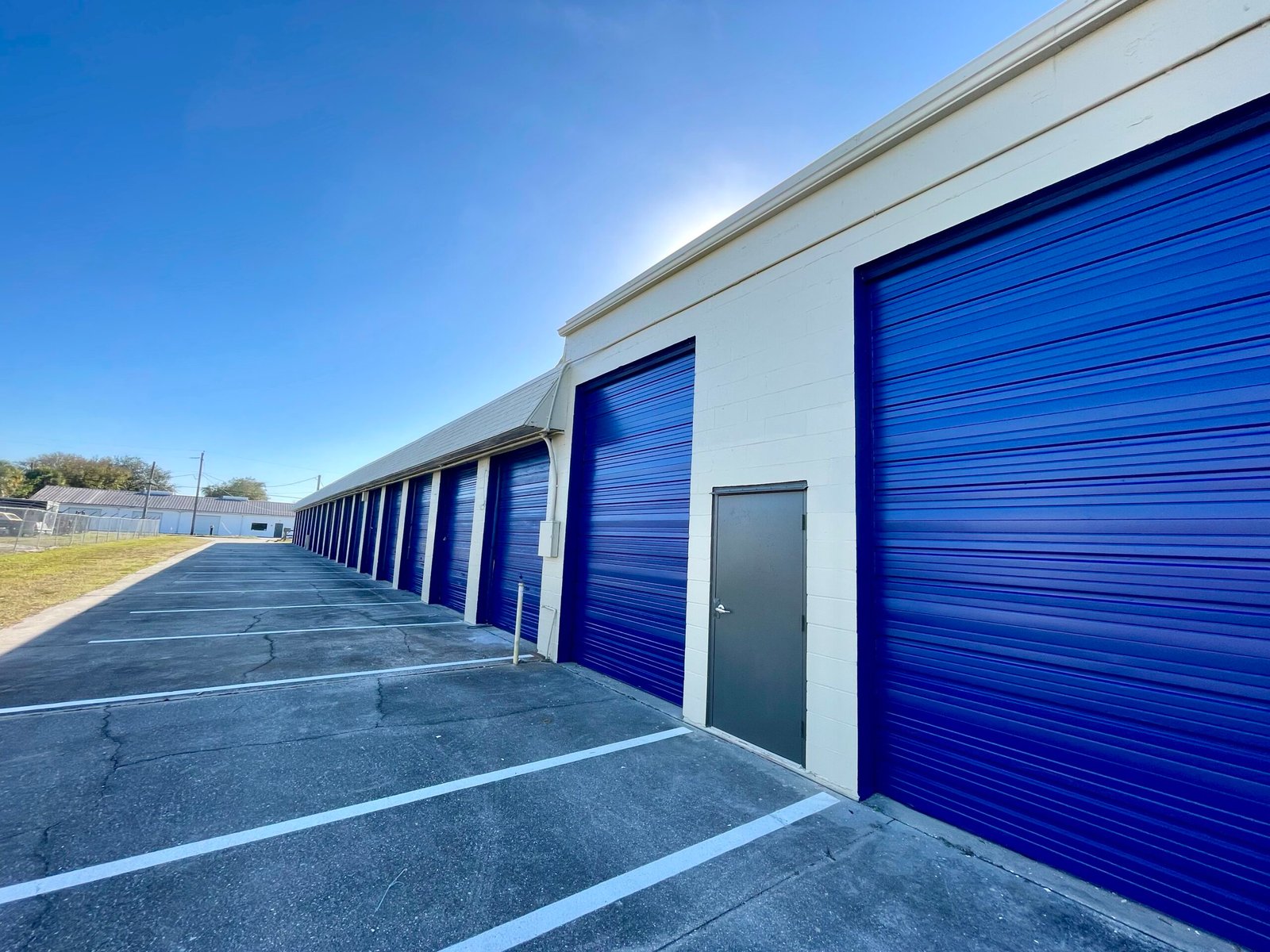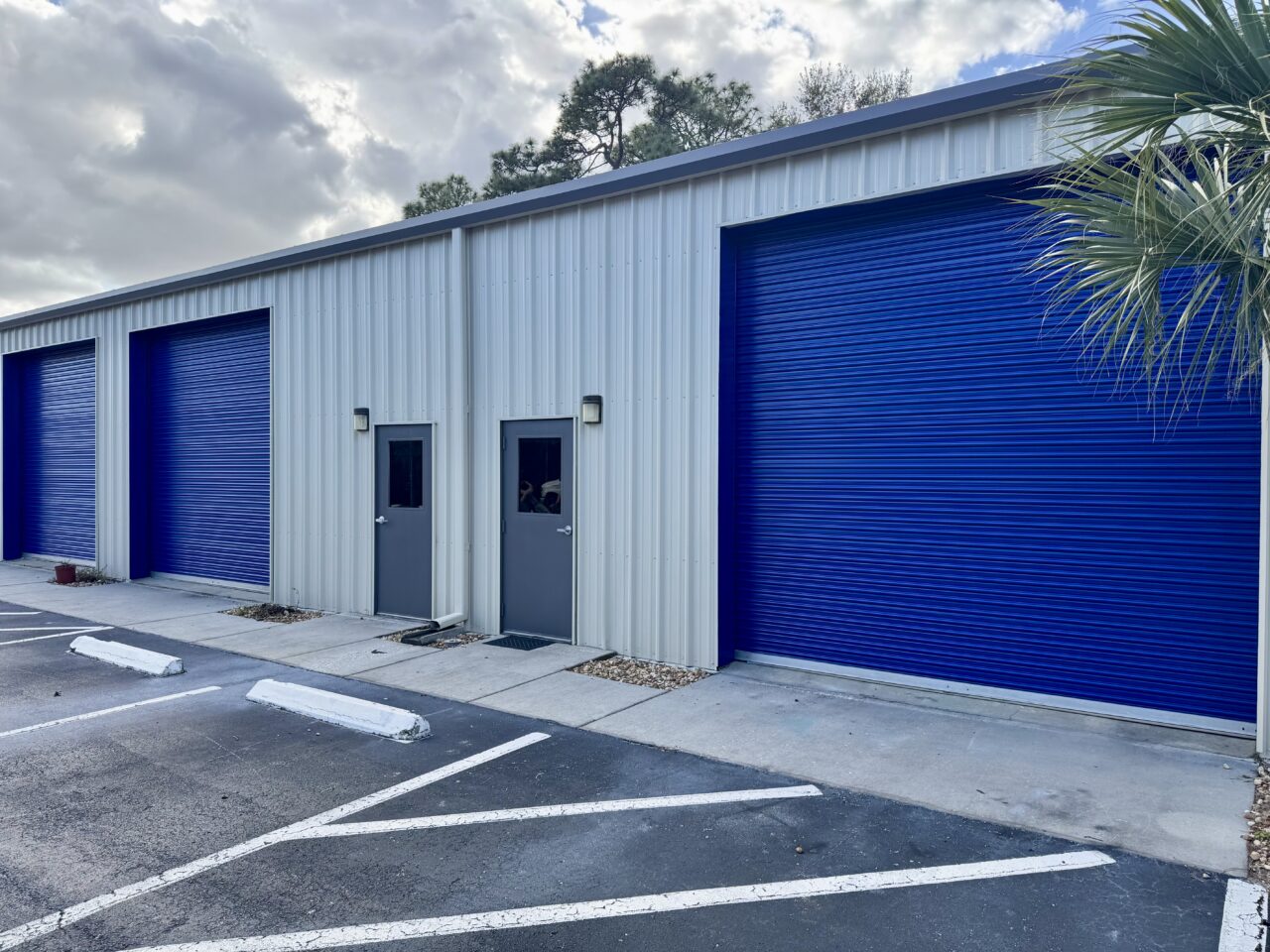Warehouse safety is crucial for protecting the well-being of employees, tenants, and visitors. A warehouse environment can pose various hazards, from heavy machinery and stacked inventory to high shelving and forklifts. Ensuring safety in this setting isn’t just the responsibility of the property owner or manager; tenants must also adhere to safety protocols to maintain a secure and efficient workspace.
Here are the key safety protocols every warehouse tenant should follow:
1. Know the Layout and Emergency Exits
Before starting work, it’s essential for every warehouse tenant to familiarize themselves with the layout of the facility. This includes knowing the location of emergency exits, fire extinguishers, first aid kits, and emergency assembly areas. In case of a fire or other emergency, knowing the quickest route to exit can save valuable time and potentially lives.
Ensure that pathways to exits are never blocked and that emergency exits are clearly marked and easily accessible.
2. Proper Use of Personal Protective Equipment (PPE)
Personal Protective Equipment (PPE) is vital in protecting warehouse employees from injuries. Tenants must ensure that all workers wear appropriate PPE for their specific tasks. This may include:
- Hard hats to protect against falling objects.
- Steel-toed boots to safeguard feet from heavy items or machinery.
- High-visibility vests or clothing, especially in areas with moving vehicles.
- Gloves to handle materials safely.
- Hearing protection in areas with high noise levels, such as near machinery or forklifts.
Make sure that PPE is in good condition and used consistently, especially in high-risk areas of the warehouse.
3. Forklift and Machinery Safety
Forklifts and other heavy machinery are essential for many warehouse operations, but they can also be a significant hazard if not used properly. Tenants should ensure that all operators are trained and certified to operate forklifts, cranes, or other machinery. Regular maintenance and inspection of equipment should also be a priority to prevent malfunctions that could lead to accidents.
Additionally, tenants should establish clear traffic patterns for both vehicles and pedestrians. Using barriers or designated walkways can reduce the risk of accidents between machinery and people.
4. Hazardous Materials Handling
If the warehouse involves the storage or handling of hazardous materials such as chemicals, solvents, or flammable goods, tenants must follow strict safety protocols. These include:
- Proper labeling of hazardous materials, as required by OSHA and other regulatory agencies.
- Safe storage of chemicals in accordance with their safety data sheets (SDS).
- Spill response plans and equipment in place in case of accidental leakage or spills.
- Ventilation systems to ensure proper airflow, especially in areas with toxic fumes.
Tenants must also ensure that workers are trained in the safe handling, storage, and disposal of hazardous materials.
5. Clear Signage and Labeling
A warehouse environment should be equipped with clear signage that communicates safety instructions and hazard warnings. Proper signage can include:
- Warning signs near hazardous areas or equipment.
- Safety instructions for specific processes or materials.
- Floor markings to indicate safe walkways, machinery zones, and emergency exits.
This ensures that both workers and visitors are aware of potential hazards and the procedures to follow in case of an emergency.
6. Maintain Clean and Organized Workspaces
A cluttered warehouse can lead to accidents and injuries. Tenants must take responsibility for maintaining clean and organized workspaces by:
- Regularly removing trash or debris from walkways, storage areas, and loading docks.
- Keeping shelves and storage areas tidy to prevent items from falling.
- Ensuring that tools, equipment, and materials are stored properly and securely.
Encouraging a culture of cleanliness and organization helps prevent accidents caused by slips, trips, and falls.
7. Safe Loading and Unloading Procedures
Loading and unloading cargo can be a high-risk activity in a warehouse. Tenants must ensure that:
- Proper lifting techniques are used when handling heavy items, such as using forklifts or manual lifting aids.
- Teamwork is employed for heavy or awkward loads to reduce the risk of injury.
- Securing loads to prevent shifting or falling during transport.
Clear communication between warehouse staff and truck drivers during loading and unloading is crucial for ensuring safety.
8. Fire Safety Protocols
Fire safety is a major concern in any warehouse, especially if there are flammable materials or machinery that could cause sparks. Warehouse tenants must:
- Ensure fire extinguishers are easily accessible and regularly maintained.
- Store flammable materials in fire-resistant containers and areas.
- Keep fire exits and evacuation routes clear of obstacles.
- Establish fire drills and evacuation procedures so that employees know what to do in case of a fire.
Proper fire safety training is also essential to ensure that employees know how to respond quickly and effectively in an emergency.
9. Proper Training and Safety Meetings
Regular safety training is essential to maintaining a safe working environment. Tenants should invest in ongoing safety education, which includes:
- New employee safety orientations that cover warehouse-specific hazards and safety protocols.
- Refresher training for all employees to ensure they’re up to date on the latest safety practices.
- Safety meetings or toolbox talks that discuss any changes in procedures or new hazards in the warehouse.
Creating a culture of safety starts with education and ongoing reinforcement of best practices.
10. Incident Reporting and Investigation
Tenants should implement a system for reporting and investigating accidents or near-misses. This ensures that hazards are identified and addressed before they cause serious injuries. Every incident, no matter how small, should be documented and followed up on to prevent future occurrences.
By encouraging employees to report unsafe conditions, tenants can create a proactive approach to safety rather than simply reacting after an accident.
